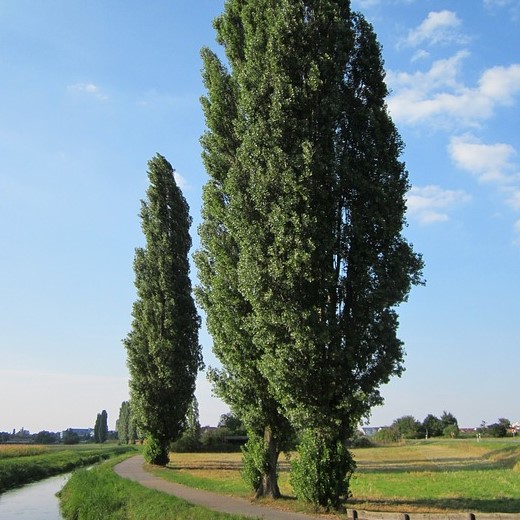
Profile
- Latin Name: Populus nigra
- CAS No.: ?84650-39-5
- Active Ingredient:
- Specifications: 5:1
- Part used: Bark
- Appearance: Fine yellow brown powder
Description
The properties of black poplar have been known since ancient times: Galen used as a vulnerary a balm called “acopon”, obtained from the buds left to soak in the sun in oil; in the Middle Ages the Poplar was part of the composition of a preparation called “Populeo Ointment”, which was recommended for the local treatment of hemorrhoids, dermatosis, wounds and burns. In the early 1900s, the diuretic and pain-relieving activity of black poplar was demonstrated. The bark extracts were used as a febrifuge to replace quinine (extract from the bark of Cinchona officinalis or Cinchona tree); the charcoal of the wood was used as an intestinal antiseptic. The black poplar is indicated in case of infectious conditions of the respiratory tract, chronic bronchitis, cough, in the circulatory insufficiency of the lower limbs, and in the presence of hemorrhoids.
Benefits
- Antiseptic
- Digestive
- Diuretic
- Expectorant
- Febrifuge
- Sweat
- Tonic

